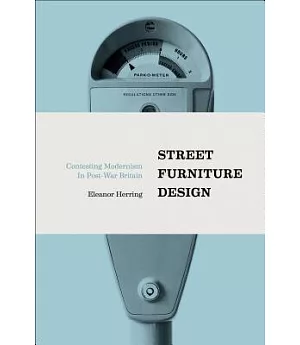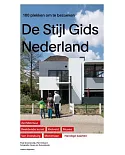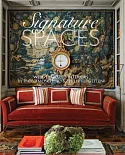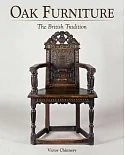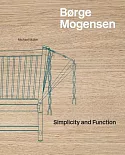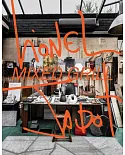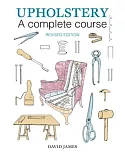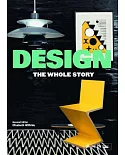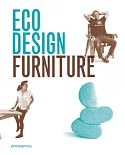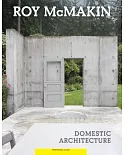Herring focuses on postwar London to underwrite an analysis of street furniture. The book is divided into five chapters which proceed in roughly chronological order but also shift in
perspective on debates regarding street furniture. The first chapter presents design frameworks from the late nineteenth and early twentieth centuries and characterizes the style of street
furniture prior to World War II. Chapter two looks at the perspective of the influential national Council of Industrial Design on postwar design initiatives for public spaces. Chapter three
broadens to second-tier perspectives in the elite design world and the overall debate among artistic authorities. Chapter four considers the opinions of nonspecialists and how local
implementation forces such as planners, engineers, and overall public opinion tended to oppose the artistic movement toward modern design and hence influence final installations. Chapter five
concludes by moving on to how a largely elite-led debate over street furniture design gave way to critique of the elite design establishment in general. The author ties together these
perspectives into an overall analysis of postwar modernism, pluralism, and understanding of authority. Annotation ©2016 Ringgold, Inc., Portland, OR (protoview.com)

